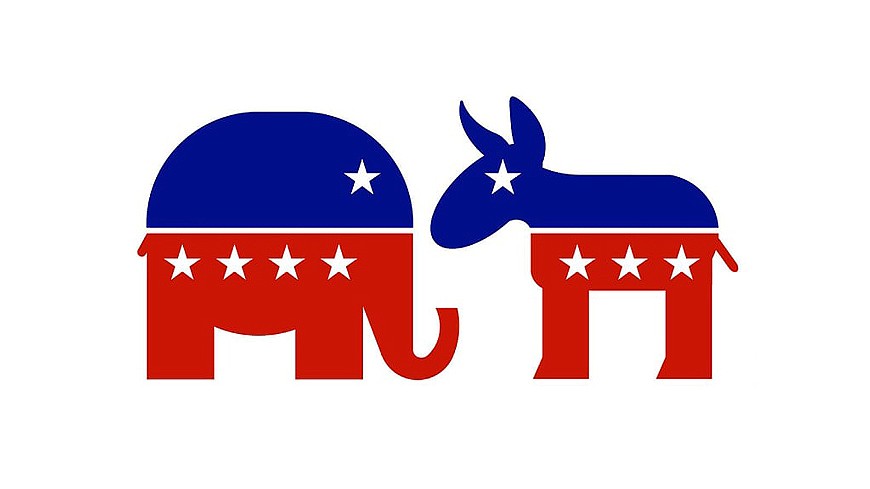- November 22, 2024
-
-
Loading

Loading

After the poisonous dust from the nuclear election explosions in South Florida wafts out to sea, and after all of the lawsuits get mired in the courts and Florida ends up with a Republican U.S. senator and governor and Democratic Party commissioner of agriculture, the fact is, the final results should surprise or shock no one.
The results will have followed the predictable paths Florida elections have traveled since the infamous 2000 chaos over counting chads. And these are the predictable paths Florida elections will take going forward as well.
Hate to say it, but in two more presidential cycles, you can bet Florida will be far more purple and blue. It’s inevitable.
But first, the 2018 results.
You’ve heard it many times from the pontificating pundits — how Florida’s electorate and elections are a microcosm of the United States. Florida’s diverse population and its political persuasions match up perfectly with those of the nation as a whole. Until 2016 and this recent cycle, Florida, like the U.S., has leaned more right, while a leftward shift, driven by the state’s far-left, most-populous urban centers, has been gradually occurring.
In each of the past four presidential and gubernatorial elections in Florida, for instance, the margin of difference between the winner and loser has been less than a percentage point. In this election, Floridians narrowed it to an extreme. That is, if you can believe the vote counts in Broward County, which, of course, you can’t.
We all knew everything was going to be close. No one knew just how close.
But if you’ve paid attention at all to the voting and demographic trends in Florida over recent cycles, you had to expect what ultimately occurred: Florida shifted more to the left.
That is most evident in the results for the Florida House of Representatives. As the accompanying box shows, Florida voters elected six more Democrats to the state House. That wasn’t exactly the Blue Tsunami that was supposed to have washed over the nation, but nevertheless, that’s an indicator of the start of more of what’s likely to come in future elections.
It doesn’t take much to realize how the state will go. As you look at the map, sure it’s deep red. Fifty-four of 67 counties are pretty much GOP strongholds. Those that are not line up as you would expect because of demographics.
Alachua and Leon counties — homes of the University of Florida, Florida State University, Florida A&M University and the center of the state government bureaucracy — will always be as blue as blue can be.
The other blue strongholds increasingly will be the state’s most populous, urban centers — Miami-Dade, Broward, Palm Beach, Orange County-Orlando; and Tampa Bay. All over the United States this is the way it goes. People who are fine with an expanding State continue to flock to these urban centers.
Indeed, if you look at population growth over the past decade in Florida, the largest influx of people has occurred in Florida’s urban centers. Likewise, if you look at the voting in the gubernatorial race in these counties, you will see the level of intensity in favor of the Democratic candidate, Andrew Gillum, rose substantially over the voting in the 2014 gubernatorial election.
Mind you, we know some of that was the result Trump haters. Still, take a look in the table above at the margin of victory for Gillum in Hillsborough, Orange and Broward counties compared to that of Charlie Crist in 2014.
Those counties are becoming dark blue, and they typically will add the largest number of new residents going forward, increasing the ranks of Democrat Party and more liberal voters.
As a letter writer pointed out in the Tuesday Wall Street Journal, many of these progressives are moving into Florida to escape the high tax burdens and corrupt governments they have endured up north — in favor of Florida’s low-tax, no-income-tax climate. But unfortunately, they don’t change their DNA. After they get here, they want an activist government to grow.
For now, if you like Florida’s tax and business climate and its traditions of a less-intrusive state government, you should feel fairly secure. Assuming DeSantis prevails and becomes governor, you can expect him to work for at least the next two years with a Republican-dominated Legislature to keep Florida on its current economic track.
And while members of the Florida House and Senate will create their share of legislative lulus, their predilections will be to play it safe and hold on to their majority as long as they can. If you’re a conservative, enjoy it while you can.